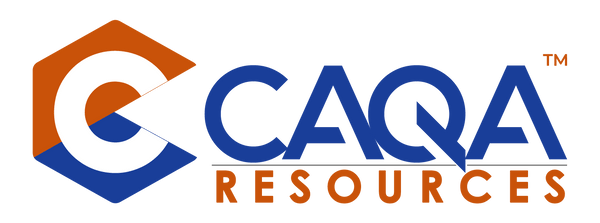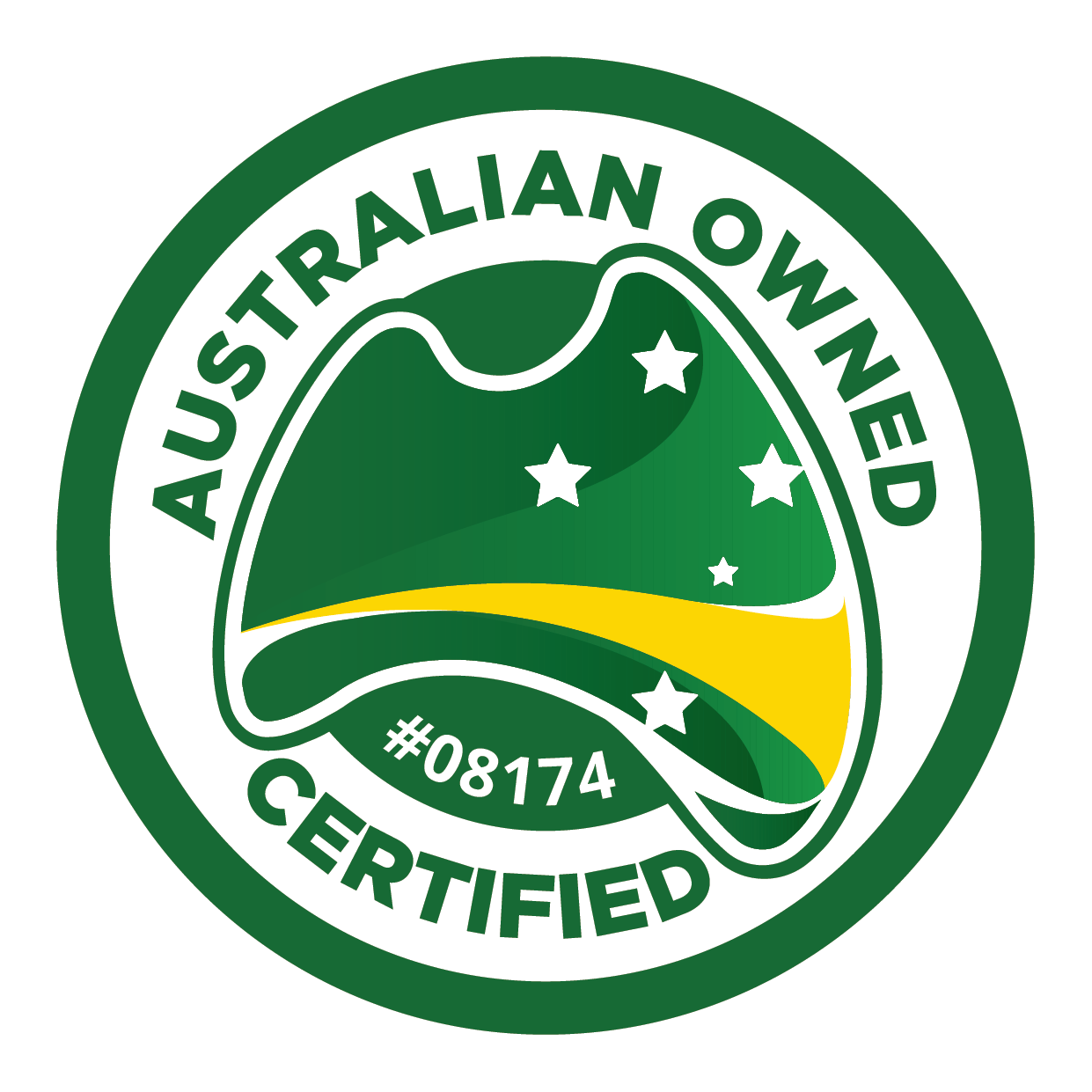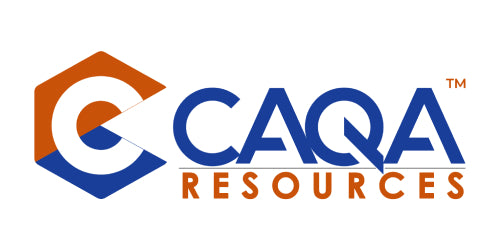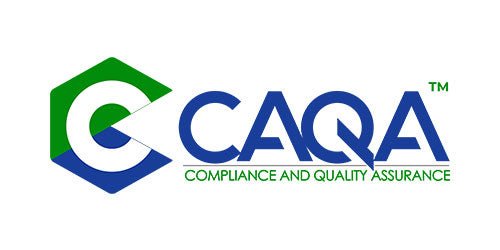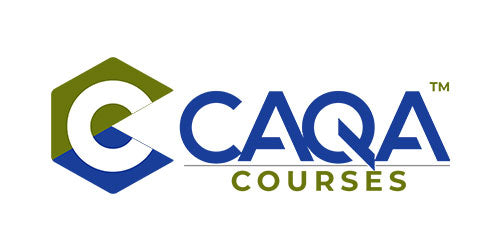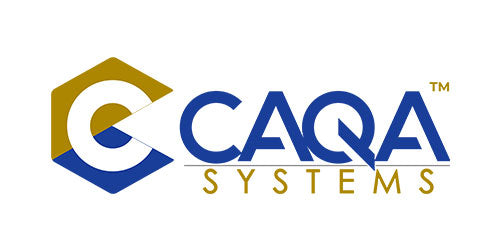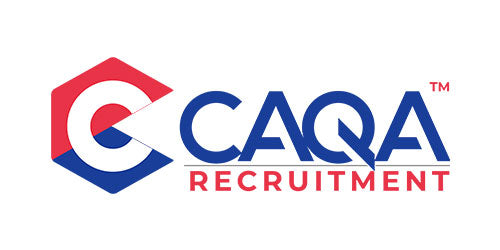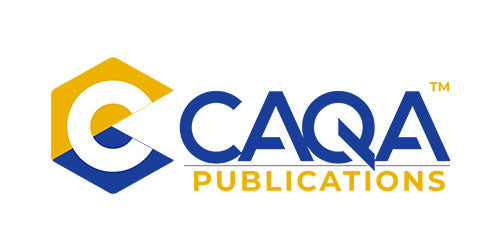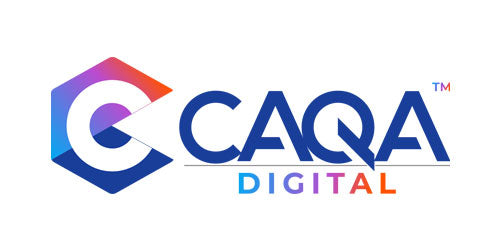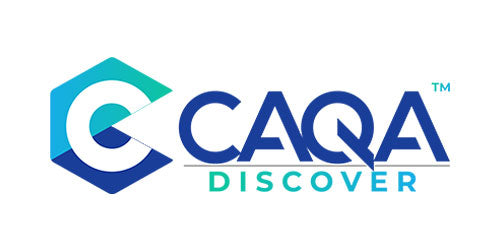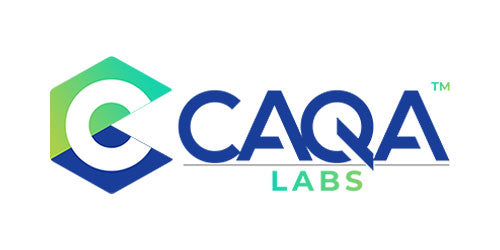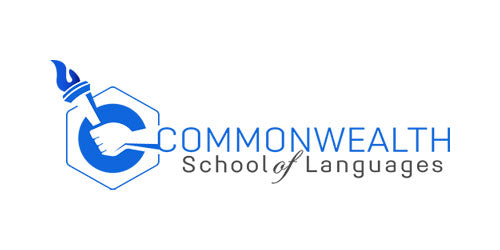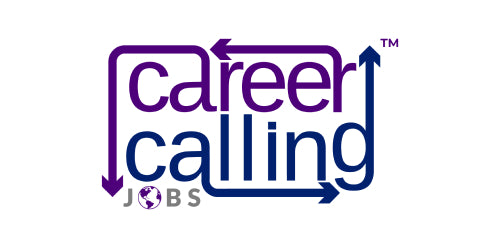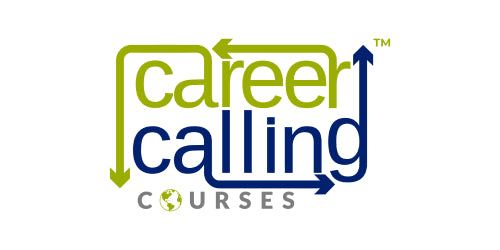How COVID-19 changed the Australian education and training sector (Part - 1)
The education and training sector in Australia is one of the largest industries in the Australian economy. It employs almost 1.1 million people (8.4 per cent of the total workforce). Approximately half of Australians in the projected secondary school leaving age are enrolled in some form of education or training, whether formal or informal. Much more money is generated by the education and training industry than what goes into it through government funding.
As Coronavirus spread across the globe, it had a major impact on the Australian education and training sector. It has caused a significant change in the way that students learn, educators teach and businesses operate. As a result of this abrupt change away from the classroom in many parts of the world, some are wondering whether the acceptance of online learning would continue to grow post-pandemic, and how such a shift might affect the global education industry. Let's first understand the main impacts of COVID on the Australian education and training sector.
The main impacts of COVID
This has caused many students to be affected by the virus, which has led to school closures, postponing exams, and other disruptions in the country’s education system.
When social distancing measures were implemented, they had a significant negative impact on apprentices and trainees. The National Centre for Vocational Education Research's Apprentices and trainees 2020 - March quarter report indicates that apprentice and trainee commencements were down 11% (to 49 015) in the March quarter 2020 when compared to the same quarter in 2019. However, it is too early to determine the true impact of COVID pandemic on apprenticeship and traineeship activities.
A number of reports are released to examine the potential impact of learning from home on the educational outcomes of vulnerable students https://www.dese.gov.au/covid-19/schools
Because of social distancing requirements, remote learning is considerably more difficult for vocational education and training students who have practical or workplace components in their course that they are unable to complete.
- Limited one-on-one interaction with instructors;
- Difficulties determining student engagement levels;
- Limited ability to evaluate individual student achievement;
- A greater amount of parental and caregiver control is required (particularly for younger children)
- Increasing social isolation and diminished capacity to promote student well-being
- Help for children with additional needs experienced disruptions in their learning
- Differentiated access to technology, including the internet and devices, for the purpose of facilitating learning.
- According to research, online learning has been demonstrated to boost retention of information while also taking up less time, indicating that the changes induced by the coronavirus may be here to stay in the future.
- Decreased learning capacity for students with chronic illnesses such as asthma or cystic fibrosis.
Also read:
Apprentices and trainers 2020, click here.
Learning at home during COVID-19: effects on vulnerable young Australians: independent rapid response report, click here.
Impact of learning from home on educational outcomes for disadvantaged children: brief assessment, click here.
Coronavirus (COVID‑19) information for schools and students, click here.
Supporting student wellbeing during COVID-19: tips from regional and remote Australia, click here.
COVID-19 and Young People, click here.
Job-ready graduates: higher education reform package 2020, click here.
Skilling Australia for a better future: supporting apprenticeships through COVID-19, click here.
Where next for skills?: how business-led upskilling can reboot Australia, click here.
Workforce-ready: challenges and opportunities for VET, click here.
COVID-19 advice for Registered Training Providers (including TAFEs) and training operations, apprentices and trainees, click here.









